HBO is mostly known for its high-minded dramas like Game of Thrones and cynical comedies like Silicon Valley. But Thursday’s announcement that the cable network is licensing five seasons’ worth of perennial kids’ favorite Sesame Street illustrates how badly the network needs children’s programming, too.
HBO will be the new first-stop home for Big Bird and co., with Sesame Workshop expanding their seasons from 18 episodes to 35. It will also produce a spinoff series as well as a brand new original series. All the episodes of classic Sesame Street will continue to appear on public broadcaster PBS nine months after their HBO debut.
Why does HBO want Cookie Monster and Elmo so badly? It’s all about Internet-based TV. Though HBO is still predominantly a cable network, the Sesame Street deal is really about securing the channel’s future as a streaming destination. The newly launched HBO Now, which lets users buy HBO without a cable subscription, is competing directly with streaming mainstays like Netflix and Amazon Prime Instant Video. And those services figured out long ago that hooking kids is key to growing their subscriber bases.
James Earl Jones
James Earl Jones was the second guest star on Sesame Street, appearing on the second ever episode. His job was simple — deliver the alphabet slowly and clearly — and he completed the task with the professionalism of a Broadway star. Which, of course, he was: He took home the Tony that same year for his performance in A Great White Hope. His rendition of the alphabet is among the best enunciated and most emotive the show has ever seen, but that’s to be expected from one of the most famous voices of the 20th century.
Billy Crystal
In one of the show’s more obvious appeals to mature viewers, Billy Crystal appeared in 1984 as his recurring Saturday Night Live character Ricky. One half of a duo with Christopher Guest, Crystal’s Ricky dons a monogrammed bowling shirt and responds to every other event with a goofy laugh and an incredulous exclamation of “Unbelievable!” This catchphrase made him a suitable guest to teach kids about the letter “U,” which he approached with his signature bewilderment: “Am I dreamin’ or what?”
Lily Tomlin
Lily Tomlin played a recurring character, 5-and-a-half-year-old Edith Ann, on Sesame Street. In the late 1970s when she appeared on the show, Tomlin’s movie career was picking up steam. She’d been nominated for an Oscar for her role in Nashville and would star as secretary Violet Newhall in the 1980 box office smash 9 to 5. As Edith Ann, though, Tomlin squirmed around in an oversized chair, sharing stories of her life at home with her bullying big sister, her fighting parents and her dog Buster. In this clip, she tells the fateful tale of an experimental sandwich so vile that even her dog wouldn’t touch it. She closed all her monologues with a smile, a raspberry and her signature tagline: “And that’s the truth.”
Robin Williams
Robin Williams visited Sesame Street on multiple occasions, but this sketch has perhaps the most winning combination of humor and heart. Williams’ slapstick monologue about all the imaginative ways you can put a stick to use plays almost like one of his stand-up routines, only the raunchiness is turned down to zero and the language is a smidge less colorful. In less than two minutes he plays a pool shark, an English officer and a handful of other characters worthy of a Saturday Night Live sketch. But most notable is the lesson he teaches Elmo: that of all the countless ways he can use the stick, the most important thing he can do is to give it to his friend.
Richard Pryor
During his 1976 appearance, the comedian takes a slightly more casual approach than James Earl Jones, ad libbing on the different letters’ personalities (“M was cool,” but “T was mean”). It’s nonsensical and perhaps more confusing to a young child than educational. But it’s important for kids to learn that strange can be good, too.
Marisa Tomei
In this appearance, her first of several on the show, Marisa Tomei embraces her Brooklyn roots with a story about a waitress in Bensonhurst. Reading and acting out a version of “The Frog Prince” tailored to monkey friends Davey and Joey, Tomei plays a gum-smacking, hair-up-to-there server in a fast food restaurant. Tomei did, in fact, work for a short time at a Brooklyn restaurant, and her heavy accent here calls to mind her character in My Cousin Vinny, for which she won an Academy Award for Best Supporting Actress.
Patrick Stewart
Patrick Stewart described his guest stint on Sesame Street as one of the “most distinguished bits of work that I’ve done in the U.S.” (the other was appearing on The Simpsons). He plays a sophisticated thespian in this 2001 reimagining of Hamlet’s soliloquy as an ode to the letter “B” (“ ‘B’ or not a ‘B?’”). In the sketch, a dramatically lit Stewart ponders in Shakespearean English “whether ‘tis the second letter of the alphabet, or some other merry letter.” It’s a fitting role for an actor many know best as Star Trek’s Captain Picard. Stewart, in fact, began his career with a run in the prestigious Royal Shakespeare Company.
Feist
Feist’s “1234” served a couple of purposes after its initial release as a single. First, it turned out to be a perfect ditty for selling iPod Nanos. And after that, Sesame Street repurposed it to teach kids how to count. At least, to four. Feist’s comfort on set with counting chickens and penguins is likely due to her teen years apprenticing at Calgary’s Old Trout Puppet Theater, whose puppetry she later used in her music video for “Honey Honey.”
Janelle Monáe
The “Tightrope” singer’s visit to Sesame Street in 2013 brought some soul to the set. Donning her usual uniform — a tailored tuxedo with hair piled neatly atop her head — Monáe sang “The Power of Yet,” encouraging the puppets to keep working toward their goals. She told Billboard that performing on the show was living a dream; having grown up in the late ‘80s and ‘90s, Monáe likely spent her childhood watching the show.
Johnny Cash
Johnny Cash’s 1975 children’s album, aptly named The Johnny Cash Children’s Album, may not be one of the country icon’s most famous, but it did help land him an appearance on the fifth season of Sesame Street. In the first of several guest spots, Cash serenades Oscar the Grouch with a song about “Nasty Dan,” whose company Oscar decides he’d very much enjoy. Oscar also takes a liking to Cash, calling him “my kinda guy,” and mistaking him, briefly, for Johnny Trash.
Lupita Nyong’o
First comes the Academy Award, next comes the Sesame Street appearance. This past September, the 12 Years a Slave actress joined Elmo to talk about skin: how it protects us, helps us feel things and “comes in lots of beautiful shades and colors.” The pair agree that they love the skin they’re in, a lovely (and presumably coincidental) repurposing of Olay’s slogan to teach children about tolerance and self-respect. Next up, Nyong’o will appear in another decades-old institution: Star Wars.
In 2012, Netflix inked an estimated $300-million-per-year deal for first-run rights to Disney movies starting next year, which will give the streaming service access to a trove of high-profile animated releases. In 2013, the company signed a deal with Dreamworks for 300 hours of original kids’ programming. These efforts have already paid off. Last fall, Netflix said that more than 75 of its kids’ shows had attracted more than 2 million viewers, with more than a dozen attracting at least 5 million viewers in the U.S.
Amazon has similarly made big investments in kids’ content on Prime Instant Video. Half of the company’s original programs are for kids, and its multiyear deal for programming from Viacom was driven by Amazon’s desire for children’s shows from Nickelodeon and Nick Jr. “The data shows that when you put compelling kids’ content on the service, it helps us acquire more Prime members,” Brad Beale, the director of content acquisition for Amazon Digital Video, told TIME after that deal.
Kids’ shows are a solid investment for many reasons. Children tend to rewatch shows repeatedly, meaning a service can get a lot of mileage out of a single program. They also have no preconceptions about the “right” way to watch TV. Sesame Workshop chief Jeff Dunn told the Wall Street Journal that two-thirds of the show’s child viewers first see Sesame Street through a streaming service or video-on-demand now. Overall, kids aged two to 11 are watching about eight hours of Internet video per month in 2015, according to Nielsen, up from 4.5 hours in early 2013.
By adding Sesame Street to its lineup, HBO is showing it thinks its brand appeal can stretch beyond adults craving premium, high-budget TV. With kids being such an essential part of competing streaming service’s lineup, expect more deals that appeal to the youngest television fans in the future.
Meet the Man Behind Sesame Street's Big Bird

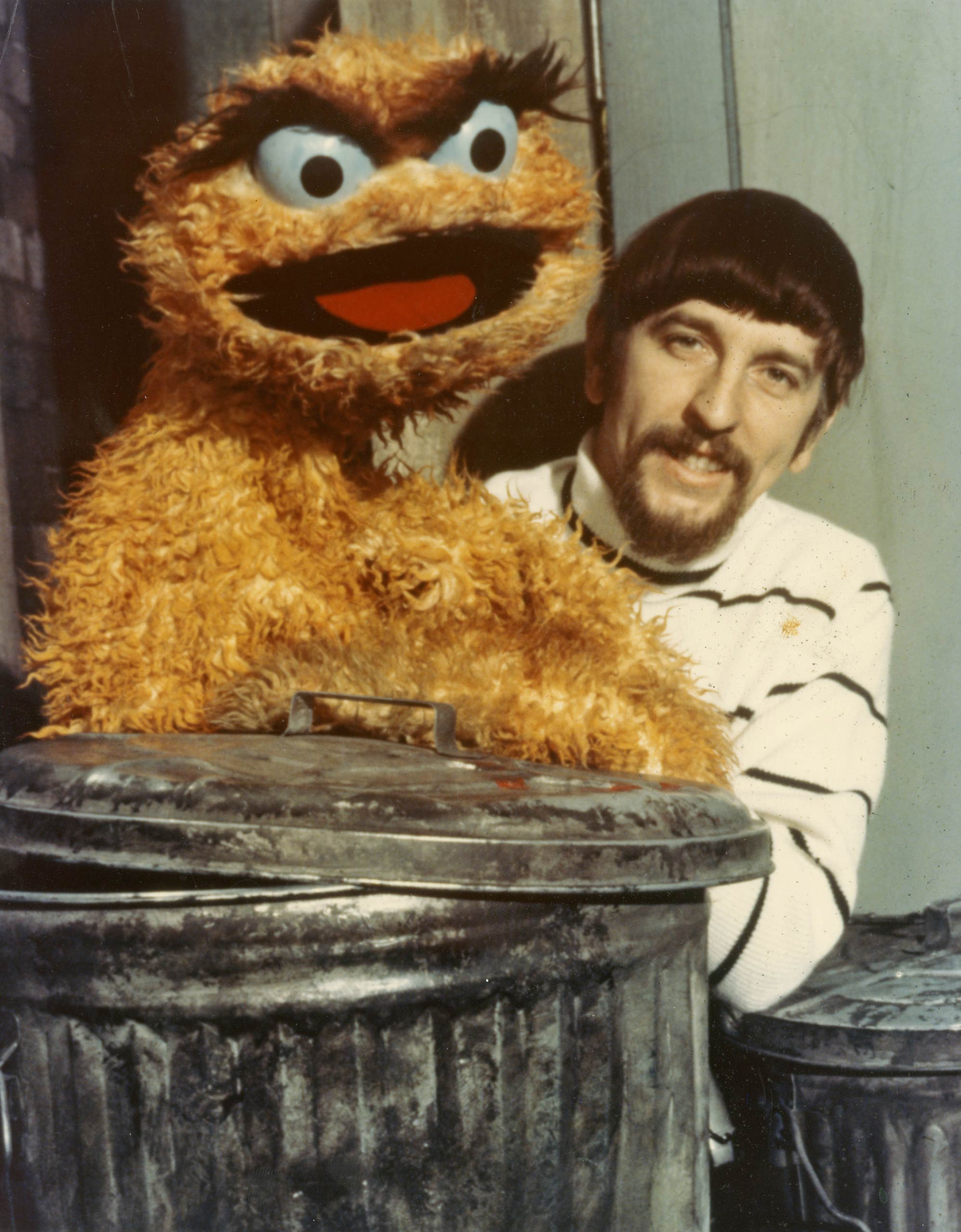

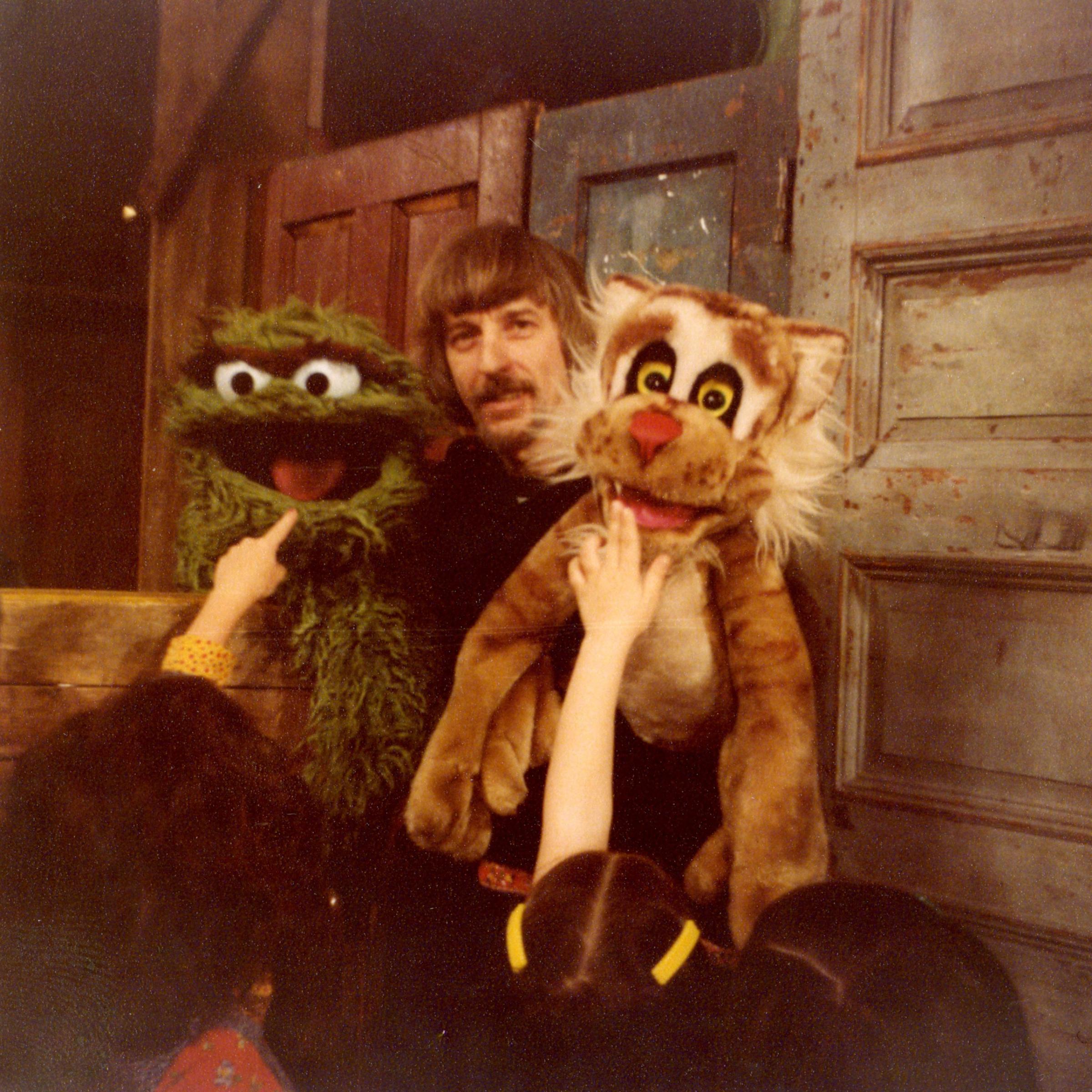
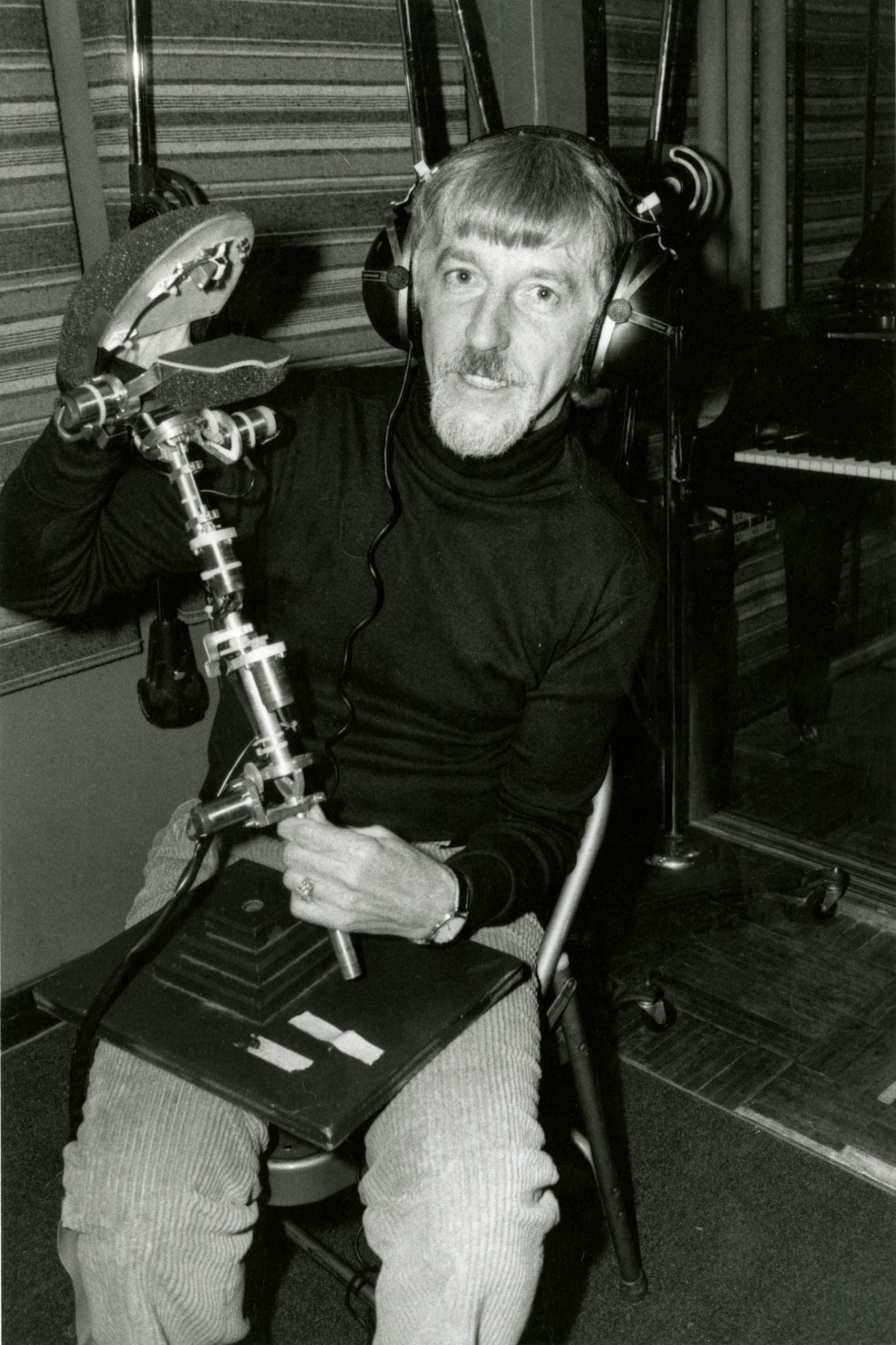

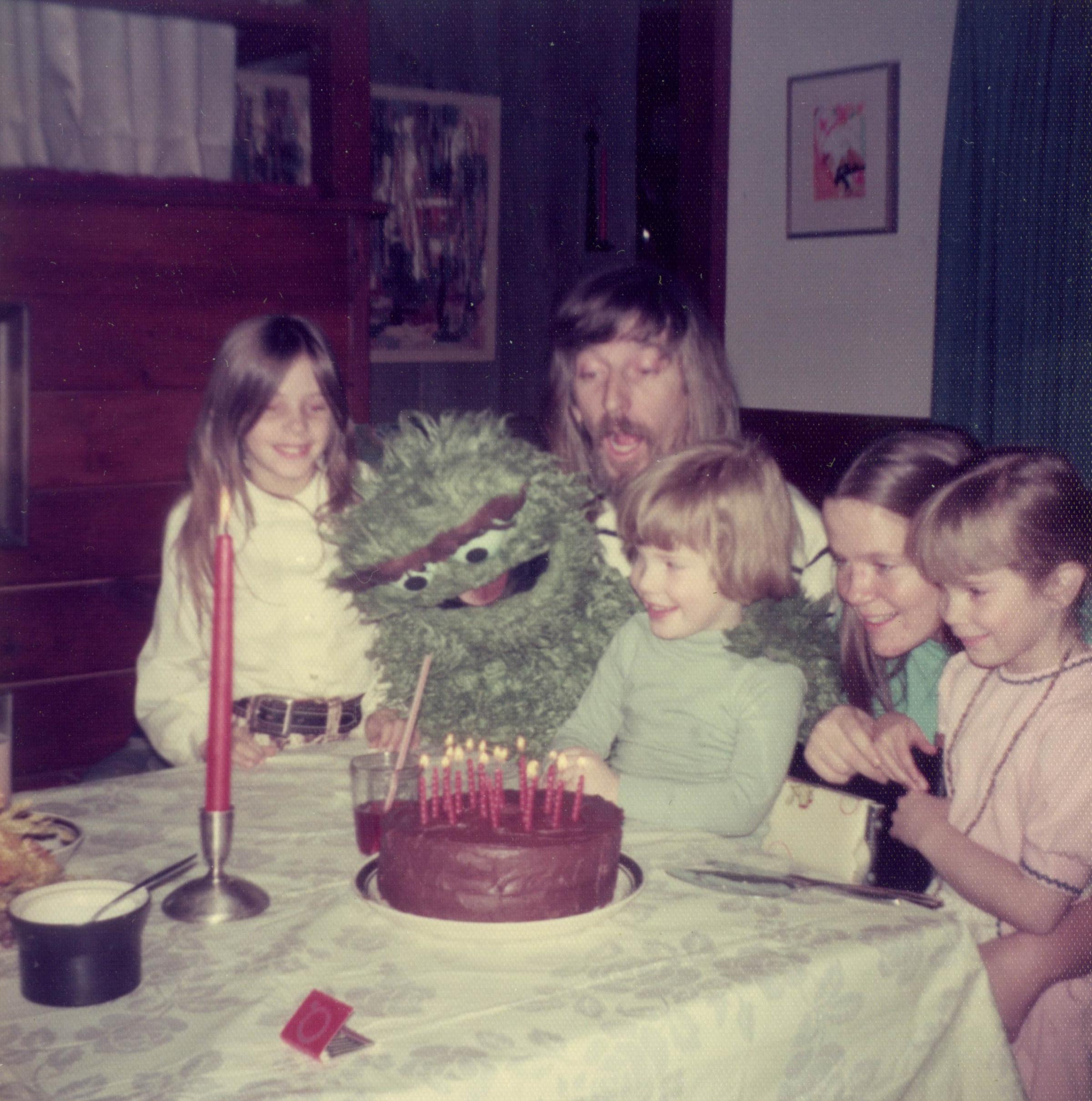
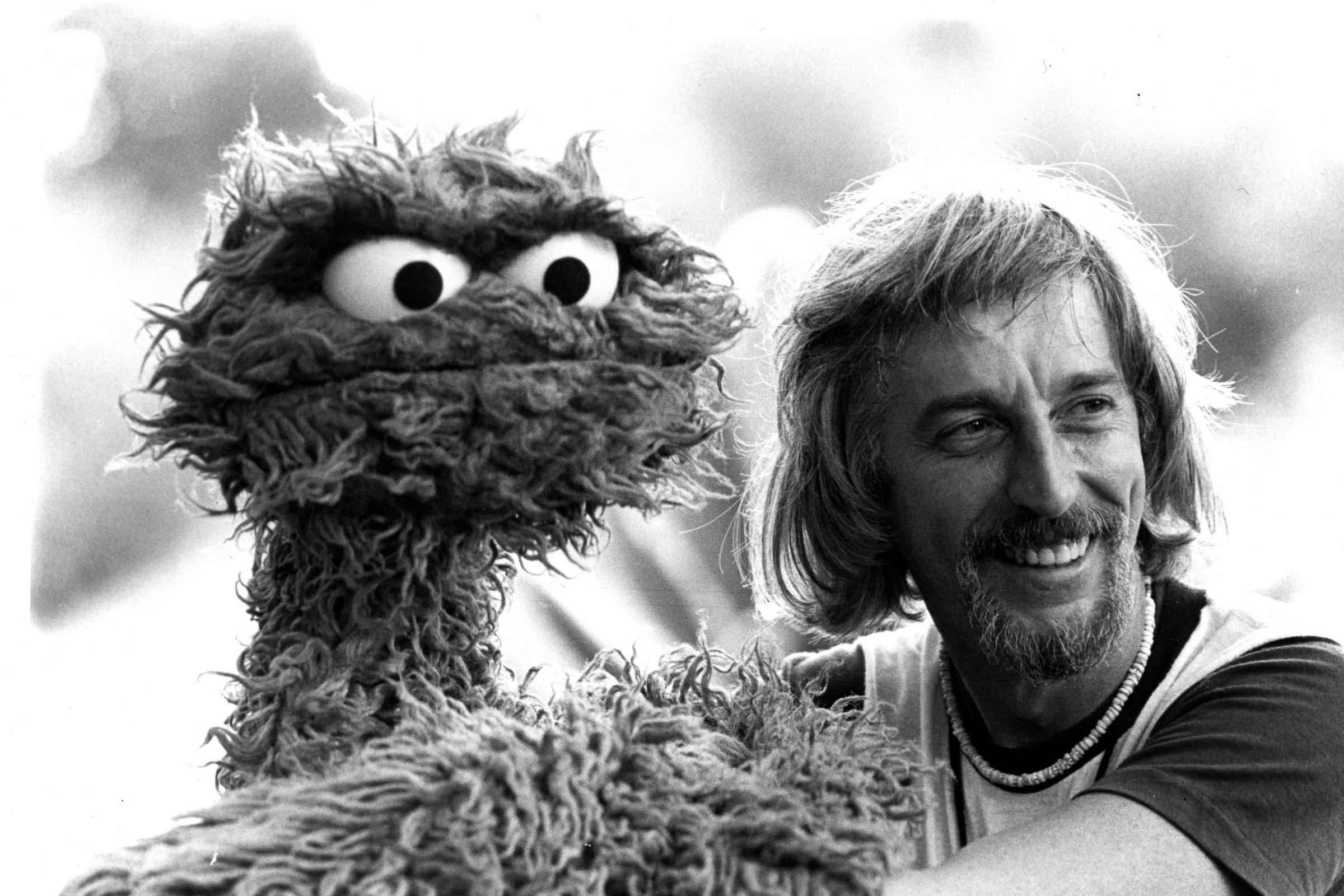
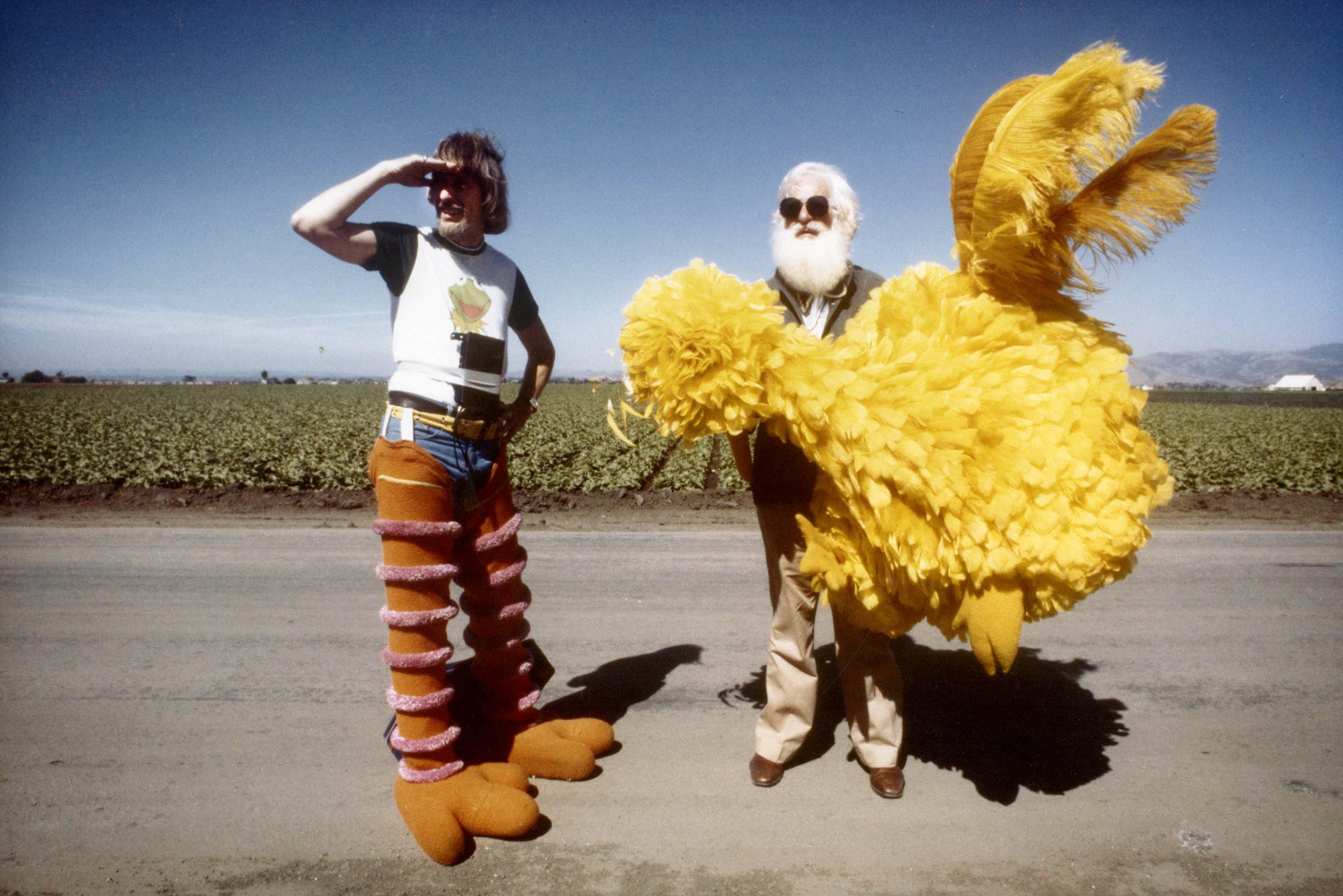



Read next: How the Internet Had Fun With Sesame Street Moving to HBO
Download TIME’s mobile app for iOS to have your world explained wherever you go
More Must-Reads from TIME
- Donald Trump Is TIME's 2024 Person of the Year
- Why We Chose Trump as Person of the Year
- Is Intermittent Fasting Good or Bad for You?
- The 100 Must-Read Books of 2024
- The 20 Best Christmas TV Episodes
- Column: If Optimism Feels Ridiculous Now, Try Hope
- The Future of Climate Action Is Trade Policy
- Merle Bombardieri Is Helping People Make the Baby Decision
Contact us at letters@time.com